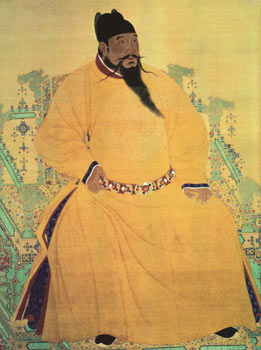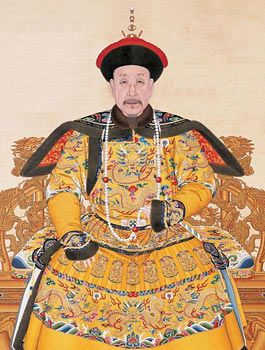Capital of the Ming and Qing Dynasties
 0 Comment(s)
0 Comment(s) Print
Print E-mail
Streetwise Beijing Guide, May 23, 2008
E-mail
Streetwise Beijing Guide, May 23, 2008
The restoration of the rule of the Han people came with the Ming Dynasty (1368-1644) whose armies conquered Dadu in 1368, later renaming the city Beiping (Northern Peace). The Ming capital however was initially in Nanjing on the Yangtze River. In 1406, Emperor Yongle put in motion the construction of massive fortification walls around Beiping; they were 12m high and 10m thick and took a dozen years to complete, during which time palaces and gardens were constructed for the transfer of capital status from Nanjing to Beiping in 1421. Along with its new title, Beiping was finally renamed Beijing, meaning “Northern Capital.” The original city plan was laid out during the Yuan Dynasty, but it was under the Ming and the subsequent Qing Dynasty (founded in 1644 by the Manchus) that the city really started to become an impressive architectural masterpiece. The most notable Qing Dynasty contribution was the creation of gardens, complete with meticulously planned open-air pavilions and magnificent palaces.
The Forbidden City, thus named during the Ming Dynasty, is now called the Palace Museum. It stood then, as it does today, in the heart of city, a symbol of the great power and wealth of China.
 |
|
Emperor Yongle(1360-1424) built the Forbidden City (Palace Museum)? |
 |
|
Emperor Qianlong (1711-1799) held one of the longest reigns in Chinese history (60yrs), second only to his grandfather Kangxi (61yrs) |